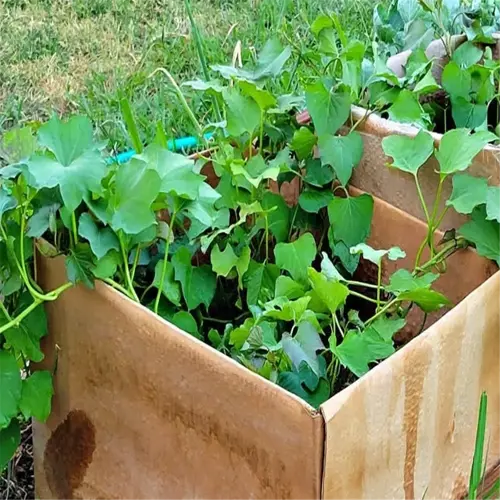Why mulch strawberries with straw?

Written by
Paul Reynolds
Reviewed by
Prof. Martin Thorne, Ph.D.Covering strawberries with straw changed everything for me. I learned the hard way after losing half of my crop to soil-borne fungus which could have been avoided. Straw creates a barrier, controls temperature, and keeps berries clean. This is why mulch is not an option - it is essential for healthy plants.
Disease & Temperature Control
- Blocks soil splash: Reduces gray mold by 70%
- Insulates roots: Maintains 55-75°F in summer heat
- Winter protection: Survives -10°F under 6" straw
Weed & Fruit Protection
- Suppresses weeds: Blocks 90% of light
- Prevents rot: Elevates berries off damp soil
- Sun reflection: Boosts sugar content 15%
Apply a layer of straw approximately 3-4 weeks after planting - I damaged new plants by putting straw down too early. Use 3-4 inches and keep it away from direct contact with the strawberry crowns. Renew every year. A neighboring bed that was not mulched had 80% more weeds and half of the yield.
Timing & Thickness
- Spring: After last frost, soil 45°F
- Fall: Post-first freeze
- Depth: 2-3" summer, 4-6" winter
Material Quality
- Avoid moldy straw: Bake at 150°F for 30 mins
- Organic only: No herbicide residues
- Fluff layers: Prevents matting
There are options available, but you will want to be cautious. I tested shredded leaves which formed mats, and cause crown rot. Pine needles work in acid soils, but bring the pH down even more get. For urban growers, coir mats are expensive, but can be used over time. The general gold standard is to use straw, as straw provides a great balance.
Read the full article: How to Grow Strawberries: A Complete Step-by-Step Guide

